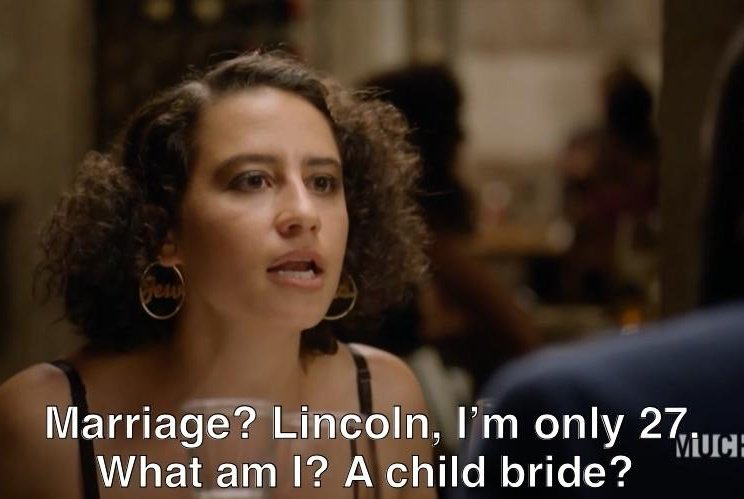Radish to romanesco: A year in vegetables
February 20th, 2025
4 min
Datawrapper lets you show your data as beautiful charts, maps or tables with a few clicks. Find out more about all the available visualization types.
Our mission is to help everyone communicate with data - from newsrooms to global enterprises, non-profits or public service.
We want to enable everyone to create beautiful charts, maps, and tables. New to data visualization? Or do you have specific questions about us? You'll find all the answers here.
Data vis best practices, news, and examples
250+ articles that explain how to use Datawrapper
Answers to common questions
An exchange place for Datawrapper visualizations
Attend and watch how to use Datawrapper best
Learn about available positions on our team
Our latest small and big improvements
Build your integration with Datawrapper's API
Get in touch with us – we're happy to help
This article is brought to you by Datawrapper, a data visualization tool for creating charts, maps, and tables. Learn more.
Hi, Elliot here. I work on the team behind Datawrapper’s charting code. This week, I’m evaluating the age-old rhyme: “First comes love. Then comes marriage. Then comes baby in a baby carriage…”
As I hurtle into my thirties, I’ve reached the age where many of my friends are making the decision to get hitched and start a family, if they hadn’t already gotten around to it already.
It’s no secret that, compared with our parents, we’re waiting later to get married and have children. In the United States only one in ten are married by the age of 25, down from about half of the population in 1971.[1] And that’s if we decide to do it at all. A YouGov survey last year found that 10% of Brits aged 18 to 34 had no interest in getting married; a separate 2020 survey found that one in eight had already decided not to have children.

For this Weekly Chart, I wanted to explore marriage figures in my home country, the U.K., and also explore how long newlyweds are waiting to become parents. To do this, I pulled data from the Office for National Statistics on the mean age of first-time mothers and fathers, and median age of first marriage between opposite-sex couples.[2]
On average, both men and women are waiting later to get married and have their first child, with women tending to do both at younger ages compared to men. No big surprises there, but I found it intriguing that the gap between wedding bells and parenthood is shrinking — especially so for women! Only a fifth of Brits think it matters even a fair amount to be married before having children, according to the results of another YouGov survey from earlier this year.
In a survey of U.K. women last year, the authors found that although many were concerned about “the ticking of their biological clock,” they were also seeking “stability in their career, finances and relationships before trying to get pregnant.” And you know what else are people doing at an older age? Buying a house. Although the data only goes back twenty years, the average age of first time buyers in the U.K. is rising roughly in line with average parenthood.[3]
For those who are taking their time in starting a family, it’s not all bad news. A 2014 study examined the happiness of parents before and after having kids in the U.K. and Germany, and found that those who had children after turning 35 have “a particularly positive happiness response to a first birth.” Maybe waiting makes the joy of parenthood all the sweeter.
P.S. As for those friends getting married — I will soon become one of them. I proposed to my partner while on holiday last week, and she said yes!
Thanks for reading! I promise not to write any more Weekly Charts about me and my fiancée. For the rest of the year at least.
Comments